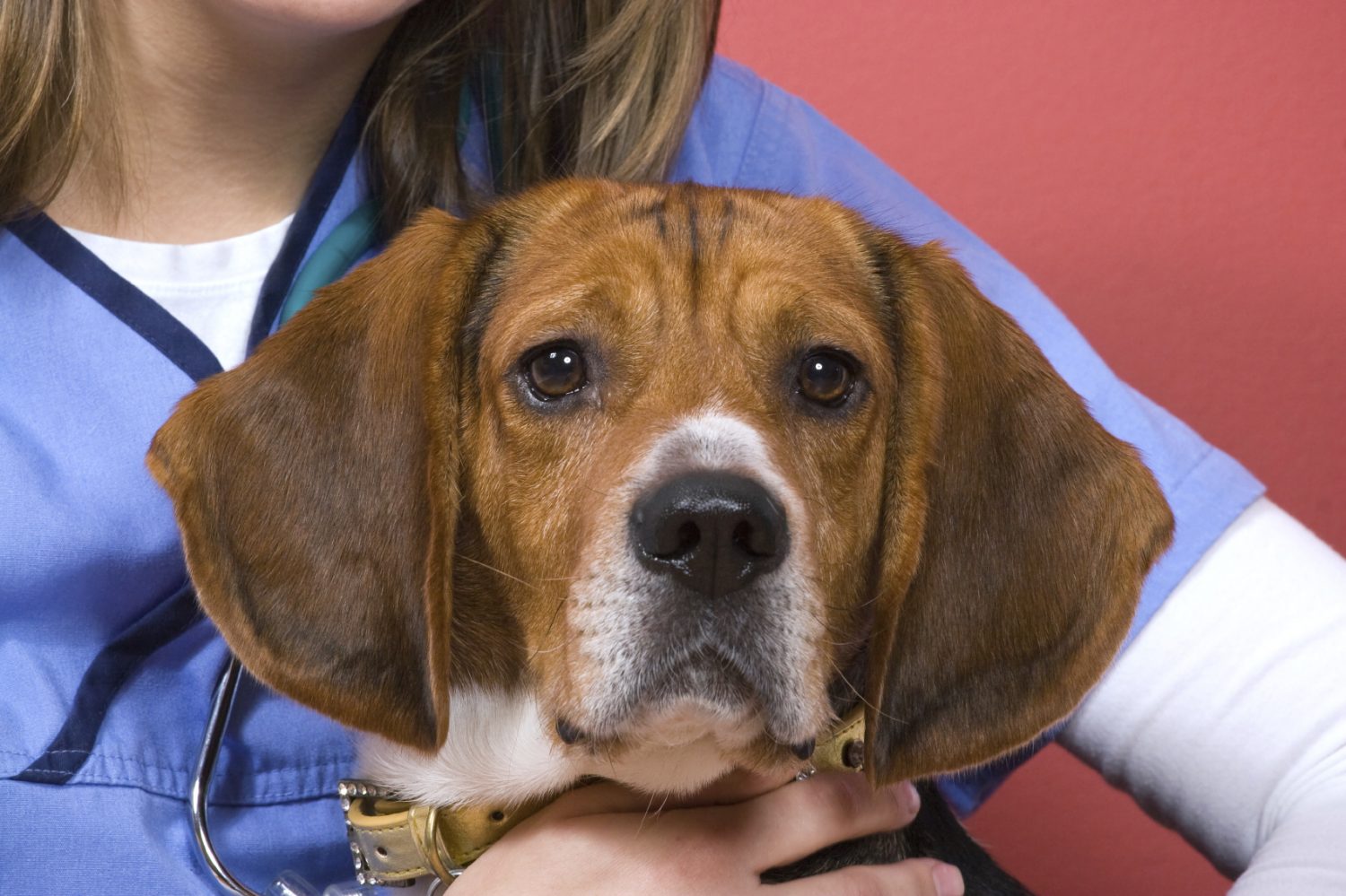Endoscopy for Pets
 Veterinary medicine has come a long way in the last few decades, mirroring human medicine more and more. We are able to provide so much more in the way of advanced diagnostics and treatments than ever before.
Veterinary medicine has come a long way in the last few decades, mirroring human medicine more and more. We are able to provide so much more in the way of advanced diagnostics and treatments than ever before.
One of the more cutting-edge technologies being utilized by specialty hospitals such as Oakland Veterinary Referral Services is endoscopy. This newer diagnostic procedure can help us to diagnose and treat pets in ways that we never could before.
What is Endoscopy for Pets?
Endoscopy is a term used to describe a procedure in which an endoscope is used to look inside of an animal. An endoscope is a small camera with a light attached. This device allows us to get a good look at places inside the body that were previously not easy to access.
There are several types of endoscopy:
Bronchoscopy – A flexible endoscope is used to look at the lower airways of the lungs
Colonoscopy – In this procedure a flexible endoscope can be used to examine the lower part of the gastrointestinal tract including the rectum and colon
Endoscopy – A flexible endoscope is used to examine the upper part of the gastrointestinal tract including the esophagus, stomach, and sometimes the beginning of the small intestine
Arthroscopy – A rigid endoscope is used to look at the soft tissue structures inside of a joint such as the cartilage and ligaments. These are not visible on an x-ray
Cystoscopy – This is the examination of the bladder and lower urinary tract with an endoscope
Laparoscopy – Sometimes the abdominal cavity is examined through a small incision with an endoscope
Rhinoscopy – The nasal passages and back of the throat can be examined this way
In reality, endoscopy is not a new technology. As early as the 1800s people were starting to use early forms of this technique in people. It has only been recently, however, that endoscopy has become widely used in pets.
Why is Endoscopy Performed in Pets?
Endoscopy may be recommended for many reasons in veterinary medicine, providing us with information that no other technique can provide. Some reasons we may use endoscopy include:
- To visualize an area we cannot see on a routine examination, helping to make a diagnosis
- To non-invasively collect samples of tissues for biopsy or culture
- To remove foreign objects from the esophagus or stomach
- To perform some surgical procedures in a less invasive manner
How is Endoscopy Performed in Pets?
Because the use of the endoscope requires either a small incision or passage into a body orifice, the pet patient must be anesthetized. Once the endoscope is inserted, the veterinarian is able to look around using the camera. Flexible endoscopes have a tip that can be moved by the viewer to see different areas. Air or water may be flushed through the endoscope to blow up areas like the stomach in order to better see all areas or to wash away debris or mucus.
If we have recommended endoscopy for your pet, it is because we feel that your pet could benefit from using this tool to diagnose or treat his or her health problems. Often when an endoscopic exam is recommended, it is because routine blood tests, urine tests, ultrasound, or x-rays have failed to provide us with enough information to diagnose or treat your pet. Because endoscopy is minimally invasive, it is often the next step in helping your pet.
Early diagnosis and treatment is key to successfully treating your pet effectively. Endoscopy is one tool that we can use to help achieve this goal and more efficiently help your pet.


